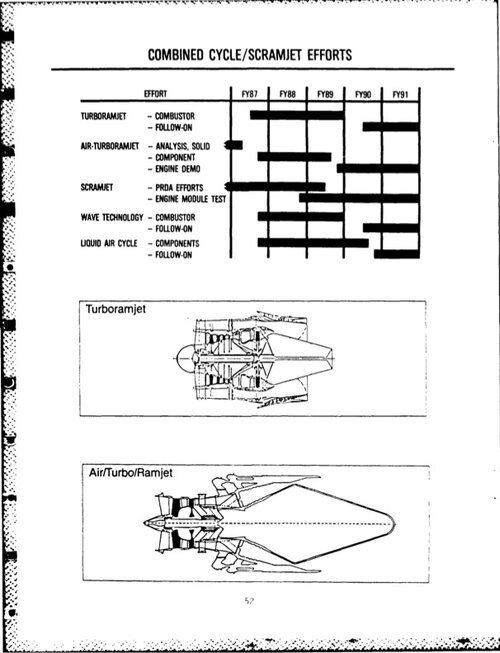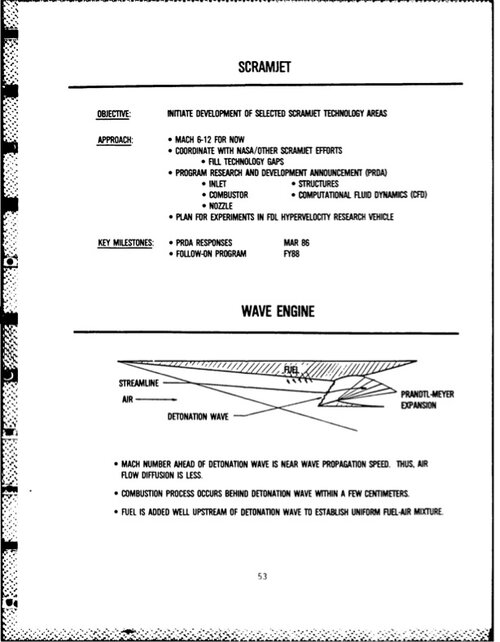seruriermarshal
ACCESS: Top Secret
- Joined
- 4 May 2008
- Messages
- 1,180
- Reaction score
- 557
I found a news about Long E-Z used Pulsed detonation engine from Air force website , and found a Comment :
12/7/2009 10:45:37 AM ET
Ten years ago this month on Dec. 18, 1999, a pulse detonation engine-equipped SST flew over Arizona on it's way to Southern California. The airframe of this SST, still unnamed officially, was remarkably similar to the museum's XB-70 supersonic bomber ca.1965. Evidently museums may have to wait for sometime to update the accuracy of their historic flights data set until certain programs are declassified.
Bill Lohmeier, Tucson Arizona
http://www.af.mil/news/story.asp?id=123099095
???
12/7/2009 10:45:37 AM ET
Ten years ago this month on Dec. 18, 1999, a pulse detonation engine-equipped SST flew over Arizona on it's way to Southern California. The airframe of this SST, still unnamed officially, was remarkably similar to the museum's XB-70 supersonic bomber ca.1965. Evidently museums may have to wait for sometime to update the accuracy of their historic flights data set until certain programs are declassified.
Bill Lohmeier, Tucson Arizona
http://www.af.mil/news/story.asp?id=123099095
???




